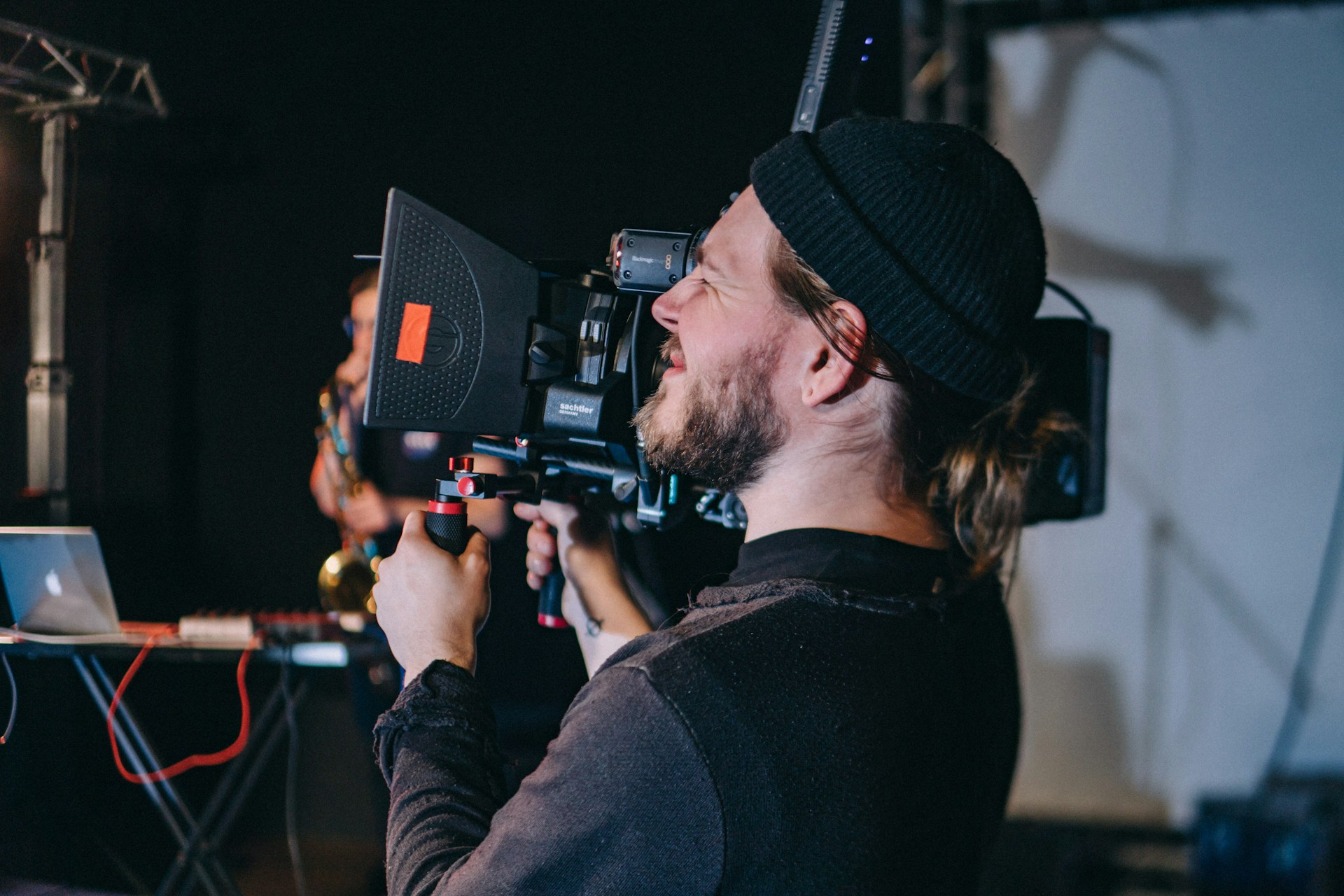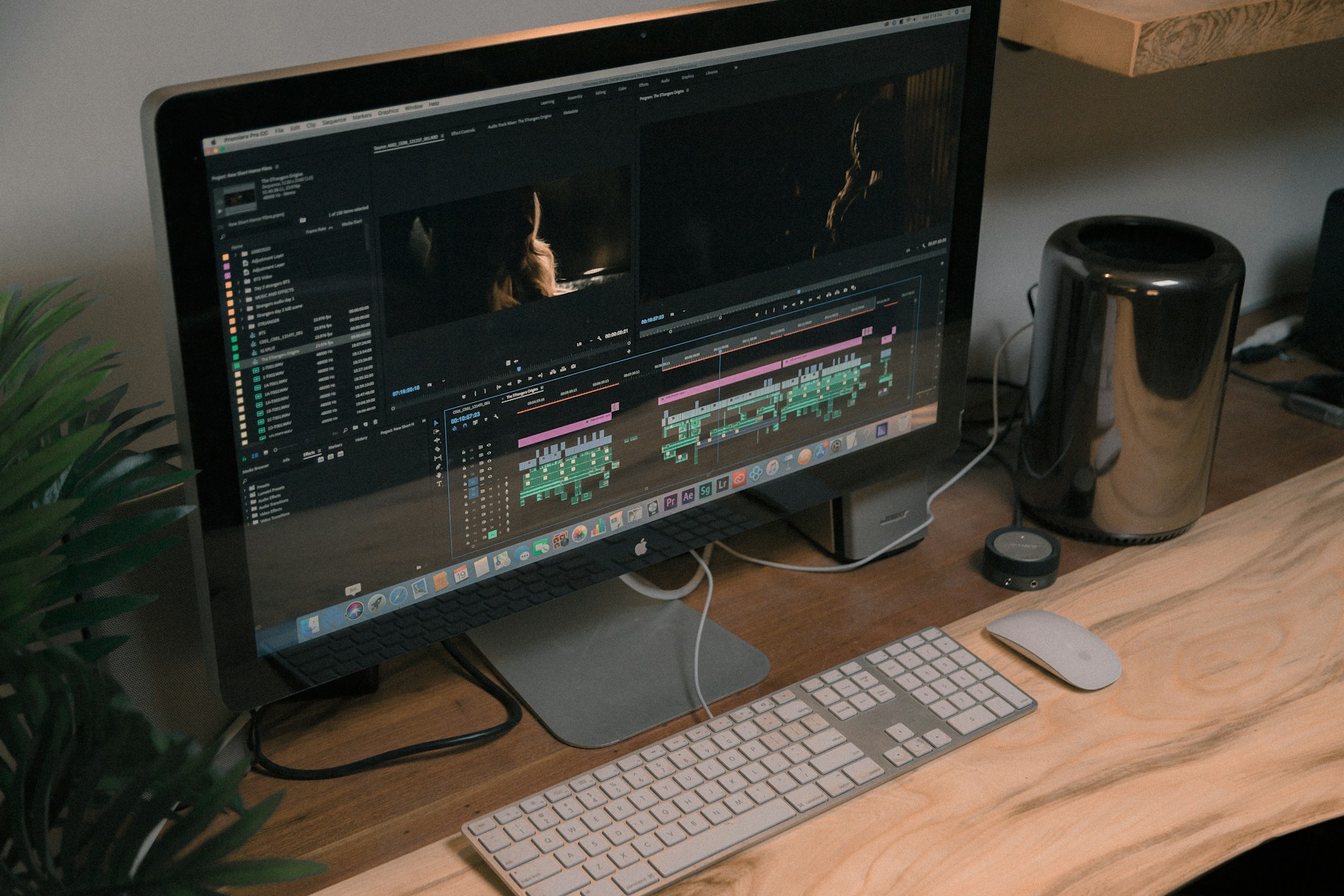Training films play a critical role in how businesses communicate internally, offering a dynamic approach to teaching and sharing information. They’re not just about delivering content; they’re about engaging your team and making sure everyone is on the same page. Whether it’s about learning a new software or understanding company policies, a well-crafted training film can elevate the learning experience, making it more impactful and memorable.
Improving your training films can lead to better retention of information, increased productivity, and even a boost in morale. Effective training films capture attention immediately and keep audiences engaged throughout the session. By focusing on improving key aspects of your filming process, you can ensure that your message is not only delivered but also absorbed and applied in day-to-day operations.
Identify Your Audience
Knowing your audience is the cornerstone of any successful training film. Different departments, like sales or IT, have distinct needs and understanding these can guide your script and visual approach. Tailoring content to suit the learning styles and professional levels of your viewers ensures the material resonates well.
Before you start filming, gather insights about your audience. Here are some practical steps you can take:
– Surveys and Feedback: Conduct surveys or feedback sessions with your team to identify specific areas where they feel training is needed.
– Observation: Spend time observing your team during work to notice common challenges or areas of improvement.
– Interviews: Talk to team leaders or managers about what skills they believe need reinforcement.
– Analytics Review: Check previous training outcomes and engagement metrics to spot areas to focus on.
By understanding who will watch your film, you can craft a narrative that speaks directly to their needs, making the training more relevant and effective. This step ensures that the effort put into developing the content truly makes a difference, leading to a more skilled and motivated team.
Script Writing Techniques
A compelling script is the heart of any successful training film. It sets the narrative, guides the visuals, and ensures the message is clear and engaging. To start, focus on clarity. Use simple language and avoid jargon that might confuse the audience. Make the script conversational to keep the viewer’s attention and make the content relatable.
When structuring your script, remember that each section should connect logically but also feel complete. Begin with an introduction that outlines your objectives, followed by the main instructional content, and finish with a quick recap of the key points. Here are some key elements to consider:
– Outline: Prepare a detailed outline before writing to ensure all necessary topics are covered.
– Engagement: Include questions or prompts throughout to keep viewers thinking and engaged.
– Consistency: Maintain a consistent tone and pacing.
By focusing on these elements, you can craft a script that not only informs but also holds the audience’s attention effectively.
Effective Use Of Visuals
Visuals aren’t just decorative; they play a critical role in conveying the message. High-quality visuals can break down complex information into digestible parts. Use clear and relevant images or animations to illustrate points and make the learning experience smoother. For instance, if your film covers a new software, a short animated demo can be more insightful than a text-heavy slide.
To ensure you’re on the right track, consider these tips:
– Relevance: Each visual should support the point being made. Avoid cluttering your film with unnecessary images.
– Quality: Ensure visuals are clear and professionally presented.
– Diversity: Use a mix of graphs, charts, and real-world examples to cater to different learning styles.
By integrating impactful visuals, your training films will become more engaging and memorable, making the learning journey a visual experience.
Improve Sound Quality
Clear audio is as important as good visuals in a training film. Poor sound quality can distract from the message and frustrate viewers. Start by investing in a good microphone and recording in a quiet environment to eliminate background noise. Make sure that the audio levels are balanced throughout the film to keep the content cohesive.
Consider these methods to enhance your audio:
– Microphone Placement: Place microphones strategically to capture the clearest sound.
– Editing: Use audio editing software to remove any unwanted sounds or hums.
– Sound Checks: Conduct regular checks during recording sessions to maintain quality.
Guaranteeing high-quality sound will make your training films more professional and easy to follow, allowing the message to shine through.
Engage Through Interactive Elements
Interactive elements have a huge potential to boost audience interest and retention. Think of them as mini-breaks that transform passive watching into active learning. Incorporating quizzes or clickable links within the film can deepen understanding and keep the audience involved.
Here are some interactive features to consider:
– Quizzes: Short quizzes throughout the film can reinforce learning outcomes.
– Pause Points: Include moments where the viewer is prompted to reflect on what they’ve just learned.
– Clickable Links: Provide links to additional resources for those interested in learning more.
By including these elements, your training films won’t just inform; they will actively engage, leaving your audience eager to learn more.
Wrapping Up Your Training Film
To conclude your training film, summarise the key points covered to ensure that the key messages remain clear. Ending with a recap helps the viewer retain the most important parts and provides closure. This can be particularly useful if the film covered complex topics, as it reinforces what should be taken away.
Encourage your audience to apply what they’ve learned through practical examples or tasks. Suggest ways they can integrate the information into their daily tasks or workplace scenarios. This practical application ties together the purpose of the training film, making the learning process meaningful and actionable.
By refining these areas of your training films, you can deliver content that’s not only informative but also engaging and memorable. Your audience will appreciate the effort, leading to a more knowledgeable and inspired team.
Elevate your training films to the next level with expert guidance from On Air. Our film production services are designed to help you craft impactful and engaging content that captures your audience’s attention. Let us assist you in producing high-quality training materials that resonate and inspire your team. Get in touch with us today to transform your training approach with professional expertise.






